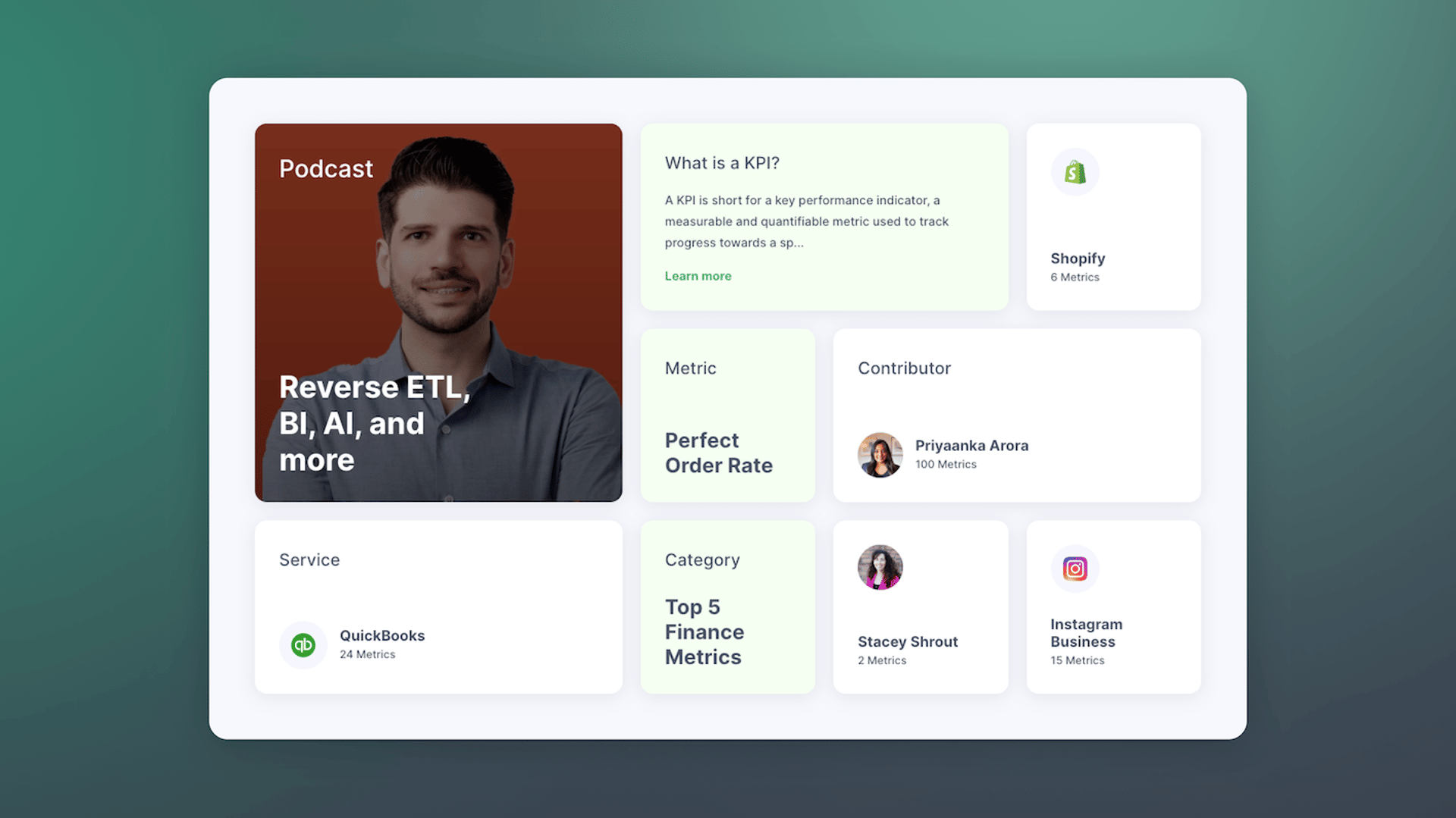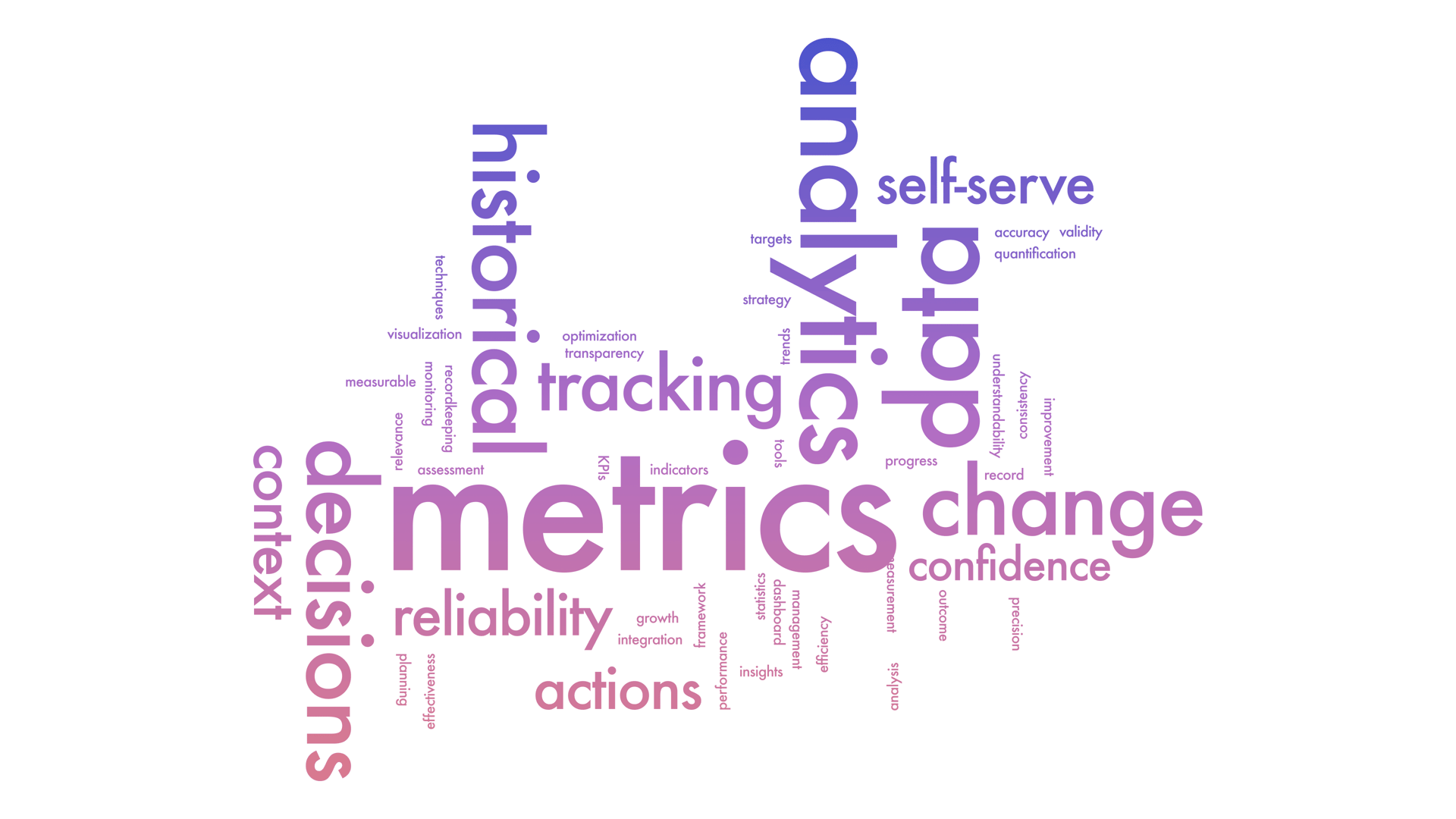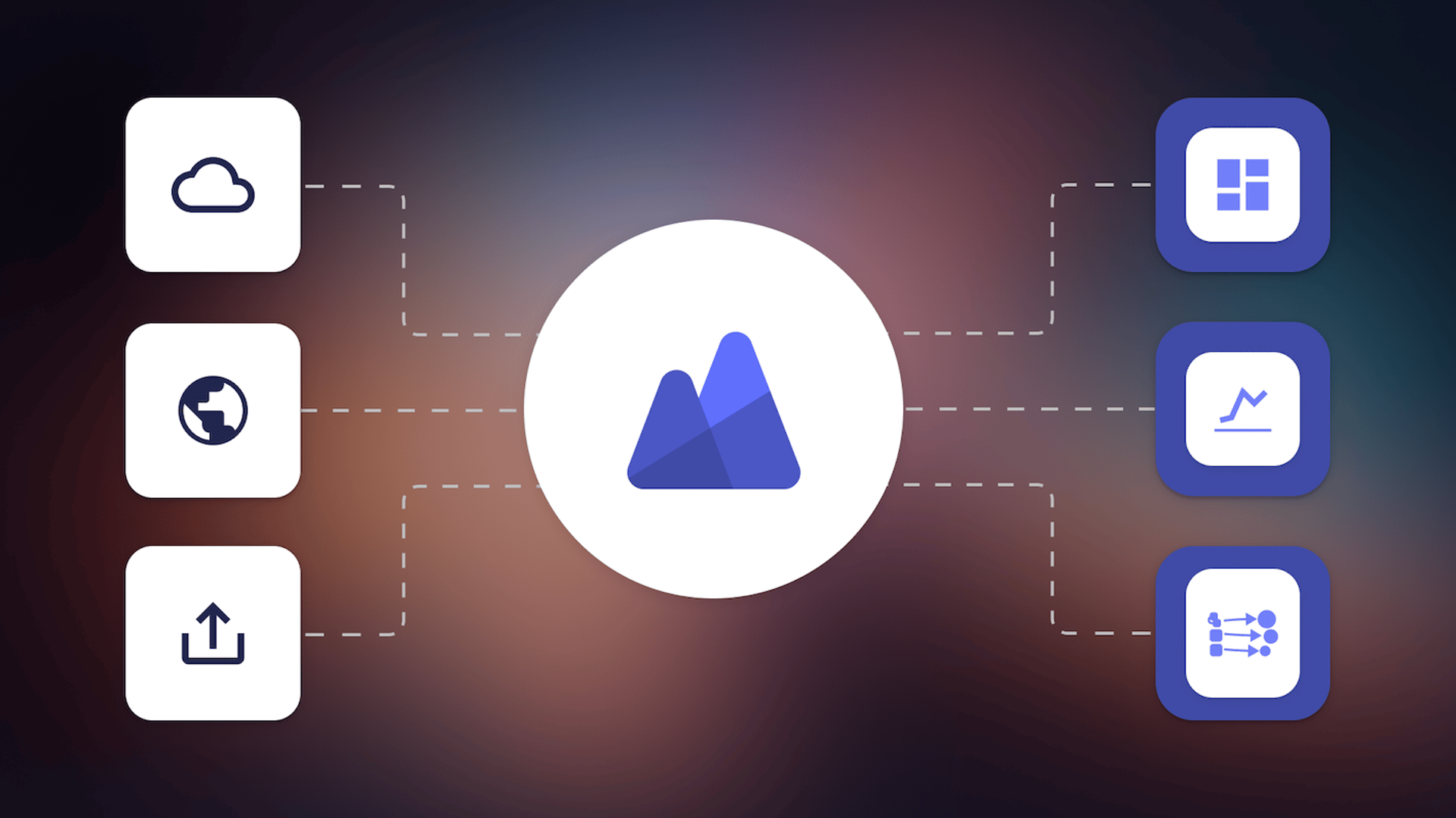The Hidden Value of SaaS Sign Up Rate Benchmarks

Published 2025-04-15
Summary - Equipped with the right conversion rate metrics, data, and curiosity, you can turn your sign-up rate into a success story.
Picture this: you know you’ve got an amazing product. Your website looks pretty good, last time you checked. Your trial-to-conversion rate is solid. Most trial users who actively explore your product tend to purchase a plan.
You're getting 10,000 views on your website. Out of the 1% that start a free trial, 25% convert to paid customers on average. However, you're finding it hard to have sufficient sign up volume. It just doesn't get higher than 1%! How do you know if your 1% sign up rate is good enough? At a more fundamental level, what counts as a sign up?
This crucial stage in the buyer’s journey plays a bigger role than you might have anticipated.
Equipped with the right conversion rate metrics, relevant and sometimes hidden data, and the willingness to experiment, you can turn your sign up rate around.
An increased volume of sign ups would increase the probability that they trickle down to the segment you actually want to capture: paying customers.
What is sign up rate?
Sign up rate is a measure of your website’s ability to convert visitors to sign ups - to a register for a free trial, to subscribe to your newsletter, or to join as a participant in your site features such as forums. Your web sign up rate increases when a higher proportion of visitors submit a sign up form.
Here’s the formula for sign up rate:
Total Sign Ups / Total Sessions
The denominator is of interest because it shows that you are tracking sign ups against the number of complete user sessions on your website. Alternatively, you could also measure sign ups against unique users to get a better picture of exactly how many people who see your website convert to a trial.
Why track sign up rate?
It's important to track sign up rate because it is a leading indicator of success, and a great predictor of increasing revenue. It's quite common for marketers to be asked about this number on a daily basis, so it’s best to be prepared with some concrete answers.
You’ve set up a couple avenues for potential customers to understand how your product will bring value to their lives. These potential customers trade their contact information in exchange for this opportunity to see what you’ve got to offer and whether they need it. The simple act of signing up can be incredibly powerful, which is why you want to avoid overlooking this important aspect of your conversion strategy.
Defining sign up rate
Tracking and reporting on sign up rate can be straight-forward, provided you take care to clearly define what you’re trying to track and how you will measure it.
Your first step is to identify how users will sign up. This can include subscriptions to marketing emails, sign up for trials or freemium account creation, subscribing to newsletters, or creating an account to participate in discussion or forums.
You’ll follow it up by articulating why anyone would want to sign up in the first place. More on this to come, but for now think along the lines of showcasing your value proposition and going in with your call-to-action.
You might question if you even need to track sign up rate. After all, isn't it covered under conversion rate? Yes, signing up is a form of conversion but when you break down your metrics into sub components, you'll find that it's easier to take action to improve your results for each sub component.
It's easier to focus on a metric measuring a single action such as converting your page views to sign ups. You identify weaknesses in your strategy and performance with increased accuracy and ease.
What are SaaS sign up rate benchmarks?
SaaS sign up rate benchmarks tend to vary based on industry, company size, and other factors, but generally fall between the range of 2% to 5%. That’s right - if at least 2% of your sessions result in sign-ups, your web sign up rate is at the lower end of the average.
Benchmarks are like a secret weapon you can use to get the most out of your reporting process. We’ve done extensive research on sign up rate benchmarks to help you compare your numbers against industry averages. Here are the results of our research.
We’ll focus on SaaS in particular and take you through three recent and interesting SaaS sign up rate benchmark reports for you to compare your own data against.
What does the average sign up rate look like for the average SaaS website?
According to this 2020 SaaS benchmark report from Oribi, it’s 4.7%. That’s the average, based on 56 SaaS companies with free trials or freemium pricing models. To break past averages and reach the level of top performing SaaS websites, you’d have to plot somewhere around the 30% mark.
The report uncovers some surprising statistics:
- Traffic generated from Twitter and Tech Discovery sites such as Product Hunt have high sign up rates - approximately 6.5% - coming second only to traffic from Google paid ads.
- High volumes of traffic does not mean conversion. 56% of web traffic comes from Facebook and organic Google search, but leads to only 3.1% sign up rate from Google, and a measly 0.6% sign up rate from Facebook traffic. LinkedIn traffic? A shocking 0% conversion!
- 66% of all sign ups happen on the first visit to your website, especially on your product features page.
Quality over quantity is the key to high volumes of sign ups
Wordstream published a conversion rate analysis which further reinforces this point: the top 25% websites convert at a rate of more than 5% and the top 10% around 11.5%. They achieve this through a strategy that goes beyond frequent and small changes to take advantage of well-planned, higher risk, big changes which lead to bigger and sustained increases in conversion.
Simple sign up forms convert more
According to a SaaS sign up form benchmark report by Heap that studied 79 SaaS companies, sign-ups increase when you declutter and simplify your sign-up process. The study focused more specifically on users who had expressed a clear interest in a product by clicking through to a sign-up form. Surprisingly, only around 36% on average of such users actually submitted forms. Factors that improved form completions included the availability of one-click third-party OAuth sign-in, reduced number and complexity of form fields, forms split into digestible sections, and stronger call-to-actions.
- Average SaaS sign up rates are between 2 to 5%; top performers convert more than 11%
- High quality traffic results in more sign-ups
- Simplifying the sign-up process boosts sign up rate
How to control your sign up rate
Frequent and smaller changes to your website can be a good short term strategy. Reaching the 11% or higher sign up rate benchmark, however, requires a more comprehensive conversion rate optimization strategy.
This is where things get really interesting. We’ve laid out the fundamentals of sign up rate, looked at some benchmarks, and extracted some unexpected insights around what makes conversion happen.
Why should you focus your time, effort, and money on tracking and improving this metric?
The answer lies in the influential role you play in boosting sign ups. When you read between the lines, those SaaS benchmark numbers tell the incredible story of how you control your web sign ups.
Top performing websites tend to focus on big picture changes that are less frequent and higher risk. They eliminate confusion from the sign-up process and focus on helping the customer gain value, fast.
Finally, high traffic does not always mean high conversion. Tracking sign up rate is so important because it means action. The act of signing up is the first concrete step towards the dream of acquiring loyal, paying customers. It indicates growth potential through the willingness to (literally) sign on the dotted line. That being said, it’s still important to look at the quality of your conversions: sign-ups mean little if activation and trial-to-paid conversion is low.
How to extract maximum value from SaaS sign up rate benchmarks
- Track your sign up rate - your past and current trends let you map your way forward
- Compare your performance to benchmark data - between 2% and 5% is average, 5% to 10% is great, more than 11% is outstanding.
- Target high-quality traffic - they are more likely to convert
It doesn’t hurt to keep an eye on your sign-ups even after you reach your goal. Repeat the process of tracking, comparing, and strategic targeting to achieve sustainable results.
Sign-ups are the first significant step in the effort to increase your conversion rate. You can impact your sign up rate directly by evaluating it, and actively responding to what your numbers are telling you.
Related Articles

Promoting data literacy with metrichq.org and the power of AI
By Allan Wille, Co-Founder — October 12th, 2023
Let’s fix analytics so we can stop asking you for dashboards
By Cathrin Schneider — September 11th, 2023
Why metrics are the key to confident decision making
By Graham Watts — July 31st, 2023

